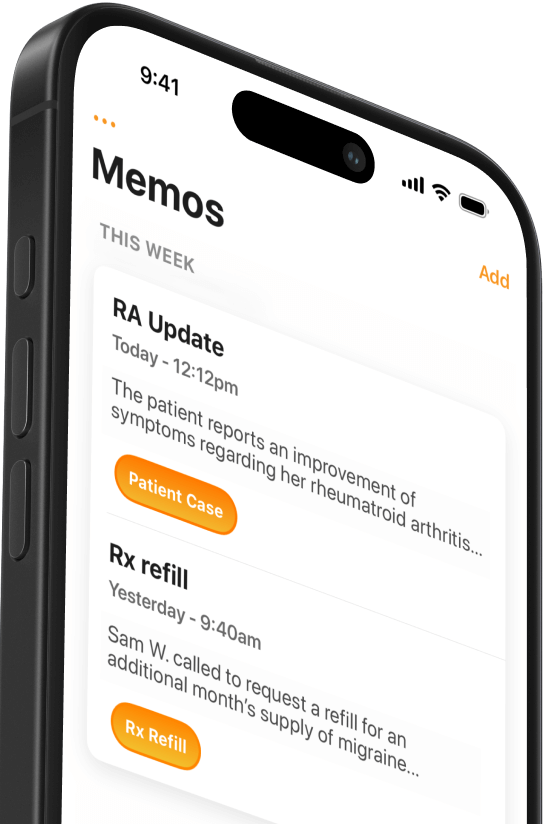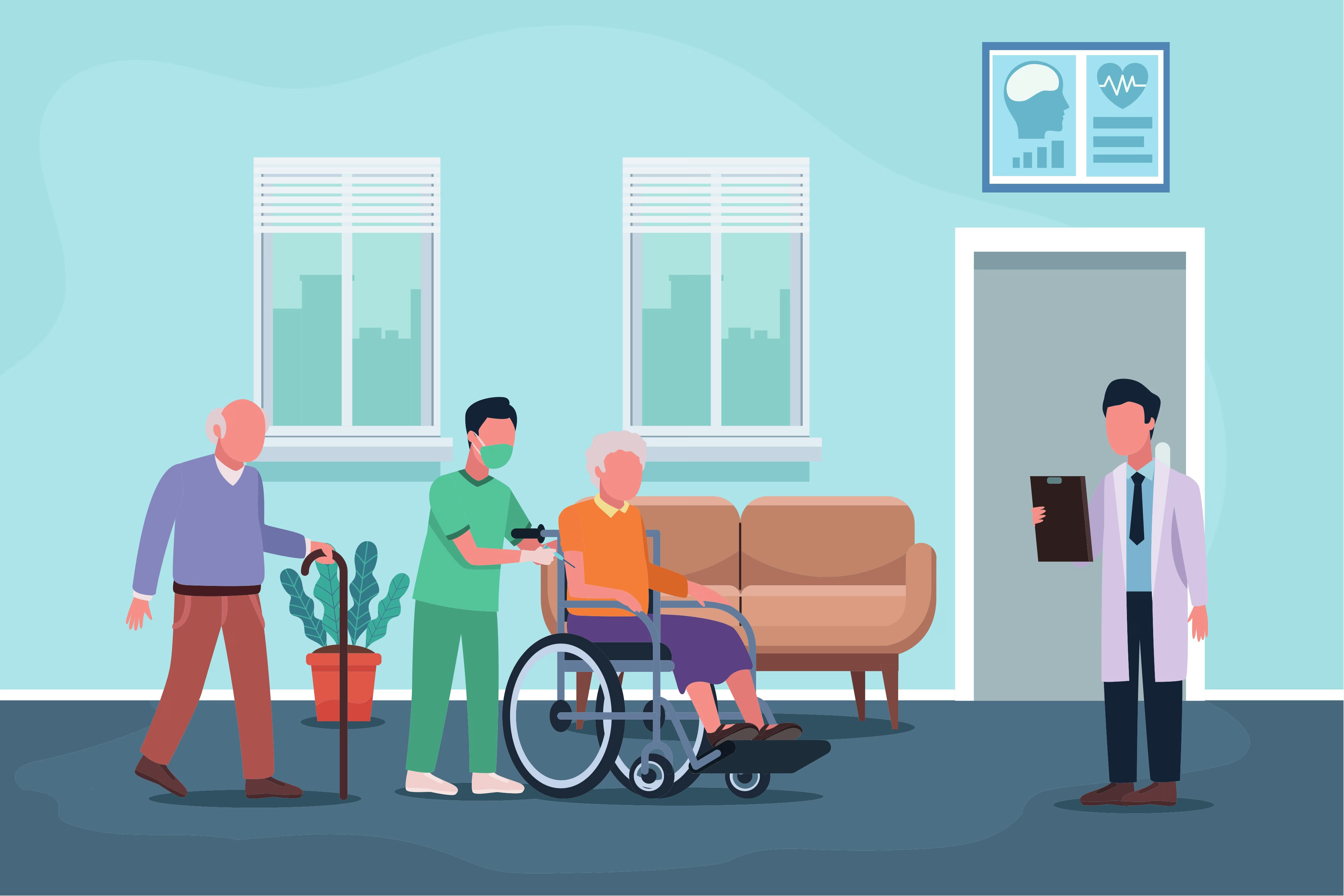Doctors: patient wait times are a bigger problem than you think
Doctors often underestimate how delays hurt satisfaction. Longer wait times drive down retention and harm patient outcomes.


Popular articles
Most physicians don’t realize that patient wait times are a growing problem in healthcare. According to a survey from Software Advice, nearly two-thirds of doctors believe wait times have “no impact” or only a “minimal impact” on their ability to retain customers.
However, the data tells a different story. Delays frustrate patients, affect health outcomes, and contribute to inefficiencies in the healthcare system. Let’s review the latest research and explore practical solutions.
Patient Wait Times Are Getting Longer
Patient wait times refer to two key delays:
- The time it takes to get an appointment
- The minutes (or hours) patients spend in the waiting area before seeing a provider
Both types of delays negatively impact patient experience and highlight a healthcare system under increasing strain.
Here are two key statistics every doctor should know:
- 38 days is the average time U.S. patients wait to see a new healthcare provider, according to a 2024 survey. Wait times vary significantly by city and specialty.
- 20 minutes is the average time patients wait in the office before seeing a provider.
How Do Wait Times Impact Patients?
It’s no surprise that long wait times hurt patient satisfaction. About 25% of patients have switched providers to avoid excessive waits, and an equal number have discouraged friends or family from seeing a doctor due to long delays.
However, delays don’t just damage a medical practice’s reputation; they also affect patient health. Some experts have even called long patient wait times a “public health disaster.”
Consider These Research Findings:
“Delays in medical care may increase morbidity and mortality risk among those with underlying, preventable, and treatable medical conditions.”
Preventative Medicine Reports, 2022
“People often avoid seeking medical care even when they suspect it may be necessary…. Avoiding medical care may result in late detection of disease, reduced survival, and potentially preventable human suffering.”
Journal of General Internal Medicine, 2015
“Long wait times may also directly and indirectly reduce patient adherence to recommended treatment.”
Journal of Oncology Practice, 2014
Physicians are committed to providing excellent care, but many underestimate how long waits impact outcomes. Recognizing this connection can motivate providers and healthcare leaders to take action.
How to Reduce Patient Wait Times
When addressing wait times, it’s helpful to distinguish between productivity and efficiency:
- Productivity focuses on individual providers, encouraging them to work more efficiently. While helpful, this approach is limited because it doesn’t address systemic issues.
- Efficiency focuses on process improvements, tackling the root causes of long wait times across an organization.
Short-Term Productivity Fixes
Providers can make immediate improvements by:
- Enhancing team delegation
- Using medical dictation to streamline documentation
- Improving appointment scheduling to minimize gaps and delays
Long-Term Efficiency Solutions
Reducing long lead-times in healthcare requires system-wide improvements that enhance efficiency and benefit patients and staff. Research suggests that process adjustments—such as refining patient flow and redefining team roles—can boost operational efficiency by nearly 50%.
One key opportunity lies in more innovative scheduling. Unlike industries such as airlines and hotels, which carefully manage unused capacity, healthcare often struggles with inefficiencies due to last-minute cancellations and rescheduling. Studies estimate that ineffective scheduling strategies waste up to 20% of provider time.
Workforce optimization is another opportunity. Expanding the role of Advanced Practice Providers (APPs) and ensuring physicians practice at the top of their license can significantly improve patient access. Despite these benefits, studies estimate that only about one-third of large health systems fully integrate APPs into their care models.
The Bottom Line
Long patient wait times reflect systemic challenges in healthcare. However, individual providers and small practices can still take meaningful steps to address the issue. For more tips, check out 10 Ways to Reduce Patient Wait Time.
Related Articles


We Get Doctors Home on Time.
Contact us
We proudly offer enterprise-ready solutions for large clinical practices and hospitals.
Whether you’re looking for a universal dictation platform or want to improve the documentation efficiency of your workforce, we’re here to help.





